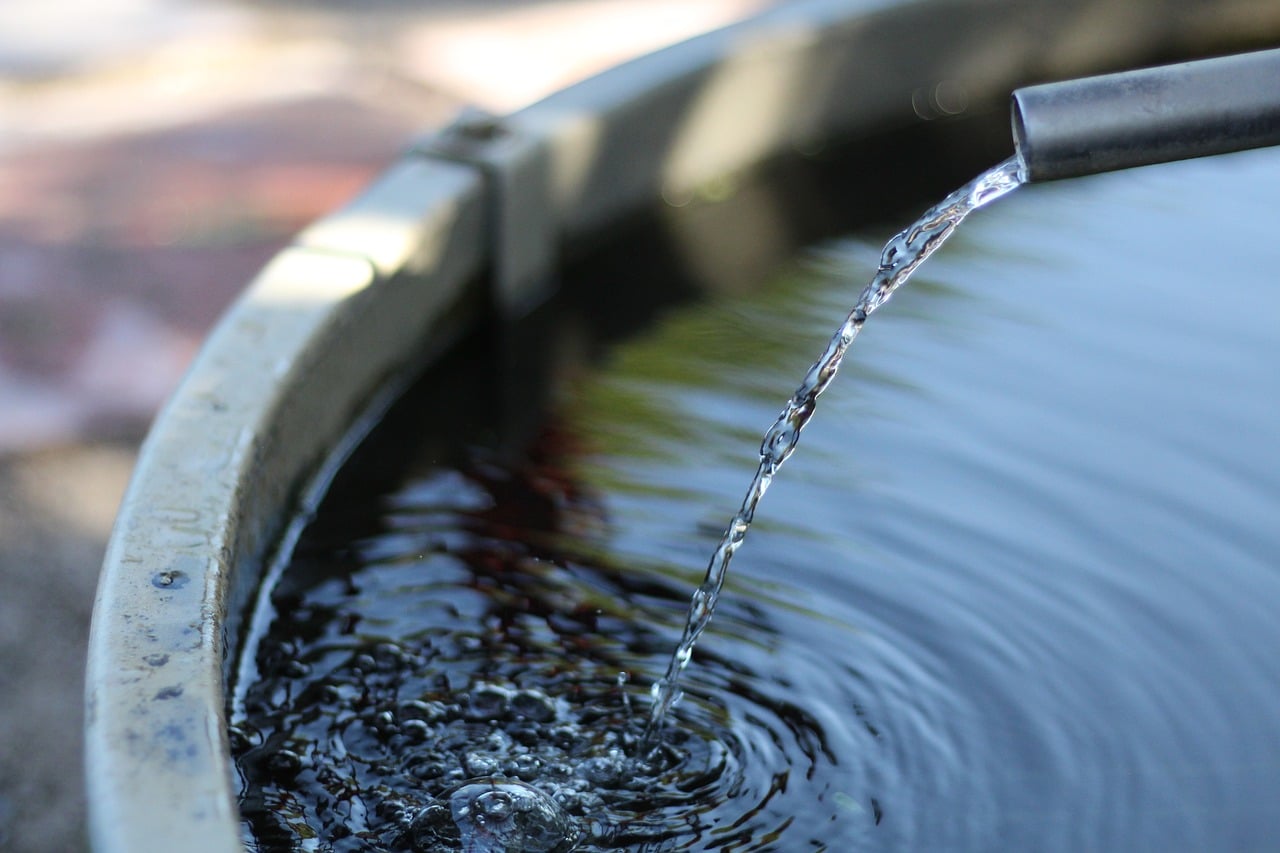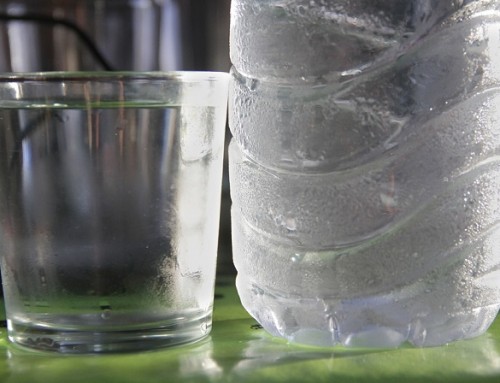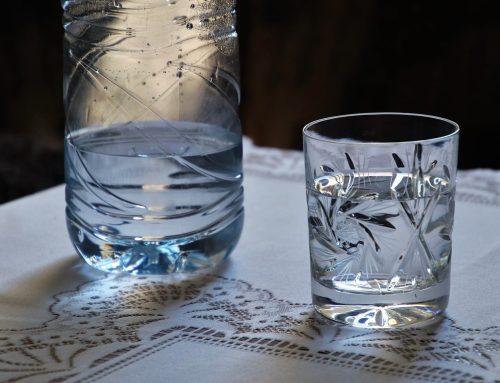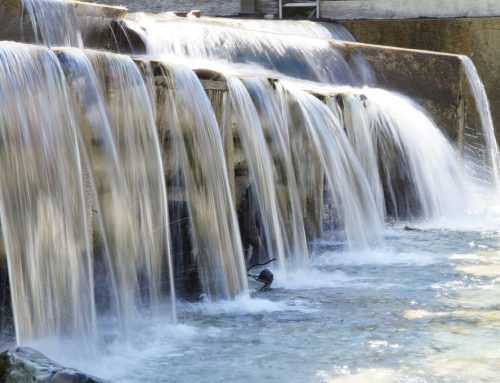Water softening involves the process of the removal of minerals from water. Since minerals cause water to be hard, some of it, such as calcium and magnesium, needs to be removed.
Ridding water from minerals is done by a simple process that is referred to as ion-exchange. During this process, magnesium and calcium cations get removed, as well as replaced by different mineral cations. It is most commonly replaced with sodium, which is derived from salt as sodium chloride. In some cases, potassium is also added to water during its softening process. It all adds up to the final product, which is the mineral water that gets sold in retail outlets on a daily basis.
The Process of Ion-Exchange for Water Softening
Water softeners that are salt-based are mostly used for domestic household water supplies. These are created to remove hardness-causing calcium or magnesium ions from water, as well as to replace it to coat the resin beads with potassium and sodium ions. This process occurs in the ion-exchange tank, which needs to repeat the same process and be regenerated once weekly.
It is because the tank needs to flush out any ions that have hardness and needs to be replaced. During the process of ion-exchange, water softening also removes clearwater iron from the relevant water supply.
Iron appears when it comes into contact with too much oxygen over an extended period. If the levels of iron are too high, causing the colour of the water to change, the iron filter must be used, along with the water softening process.
It is important to note that chlorine levels should remain low as this can cause resin beads to break down, crack and cause damage to the filter, in the tank.
There must always be a stabilised balance of minerals maintained in water, as too little or too much of any mineral can cause the water to be toxic, change colour and add a taste to it.
Get office water coolers and home water coolers from Living-Water in London.






